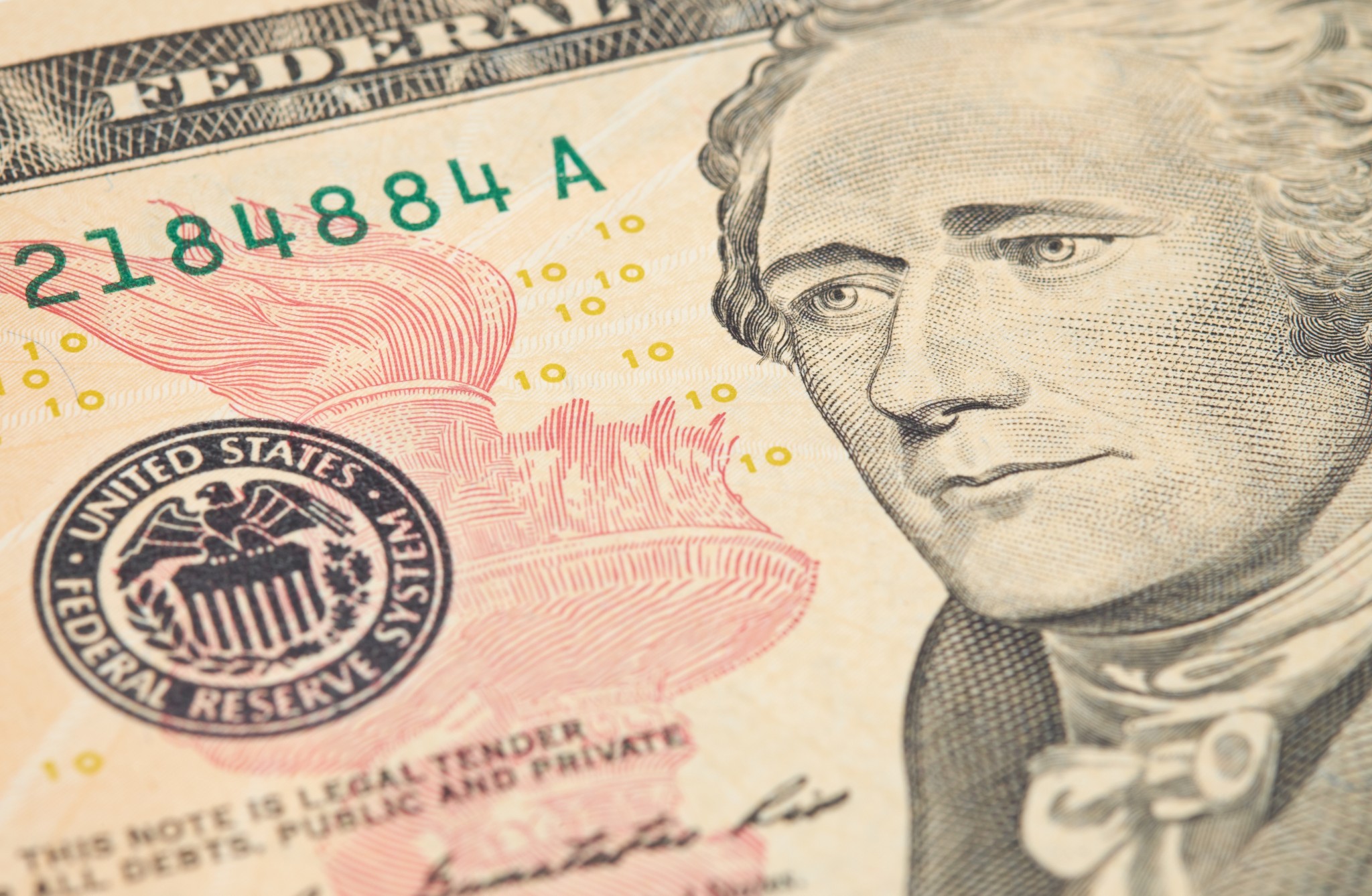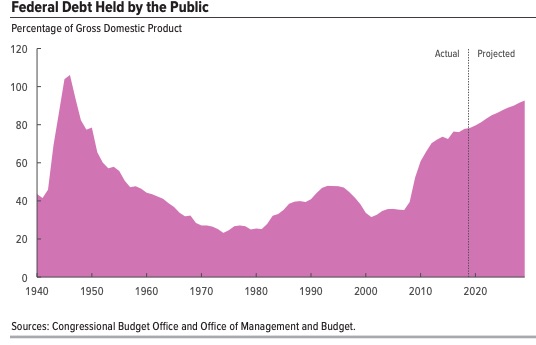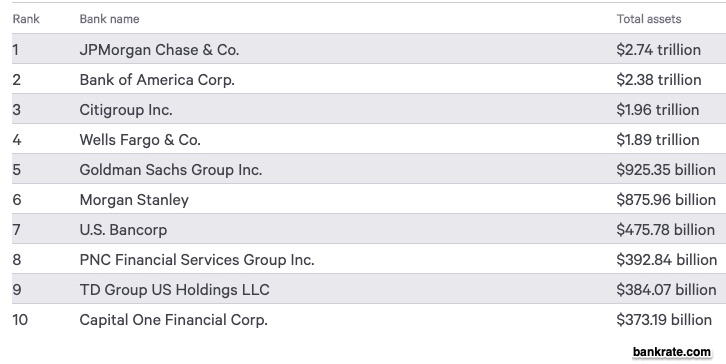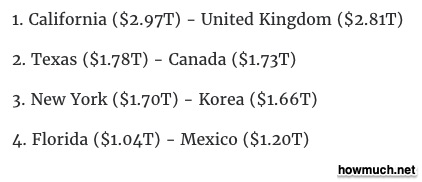The United States declared independence from Great Britain on July 4, 1776 and won the American Revolutionary War. But still, we were not truly independent. Our agrarian economy depended on Great Britain. They had the banking system, they had the factories, they had the knowhow.
But we had Alexander Hamilton.
Alexander Hamilton’s Development Plan
As Secretary of the Treasury, Alexander Hamilton’s goal was to expand the U.S. banking system, our transportation infrastructure, and technological innovation. He wanted factories that would process what our farms and plantations grew. So, in Hamilton’s development plan, he explained to the Congress what they had to do.
1. Establish Public Credit
- Hamilton said a national debt is a blessing if it’s not too large. Borrowed money had helped the U.S. finance the Revolutionary War. Also, though, those lenders had to know we would pay them back. With European creditors, the U.S. had to pay back the money that was due them while domestic creditors needed to know we had a viable plan. Only then could Hamilton establish the good credit that was necessary for a government to borrow the money it needed.
- Since then, the U.S. has been borrowing money and paying it back. However, some of us are worried that the debt is becoming too large. Just like your own income determines the wise amount for you to borrow, so too does the GDP for our nation. Below you can see that recently the debt is an increasingly bigger proportion of the GDP. Almost equal to World War II highs, the debt is projected to balloon from 78% of GDP for this year to 92% in 2029:
2. Create a Banking System
- By establishing the First Bank of the United States, Alexander Hamilton generated the beginning of a banking system that pumped money around the U.S. economy. His goal was a network of financial intermediaries that connects savers to borrowers. He knew that banks loan money to business start-ups and help firms finance inventory. They expand and contract the money supply and purchase the bonds that nations sell to raise money.
- Now, while there are close to 4,600 banks in the U.S., the large ones predominate. Below, you can see how the system has consolidated:
Among the 10 largest U.S. banks, the four with the most assets are JP Morgan Chase, BOA, Citi, and Wells Fargo:
 3. Encourage Economic Diversity
3. Encourage Economic Diversity
- Economic growth through diversity was the third leg of Alexander Hamilton’s plan for independence. Recognizing that the U.S. in 1790 was a farming economy, he sought tariffs and subsidies to protect a young manufacturing sector. He supported a system of tariffs to encourage innovation. Correct again, Hamilton knew that the combination of agriculture, manufacturing, and invention could form an economic foundation from which we could build.
- Looking back, we can say that Hamilton created our springboard. About a different kind of independence, Hamilton’s foundation facilitated the leap beyond our borders to globalization. It let us evolve from an agricultural economy to a productive behemoth that needs world markets and global supply chains to feed our growth.
The huge volume of goods and services that each U.S. state produces can be compared to these countries:
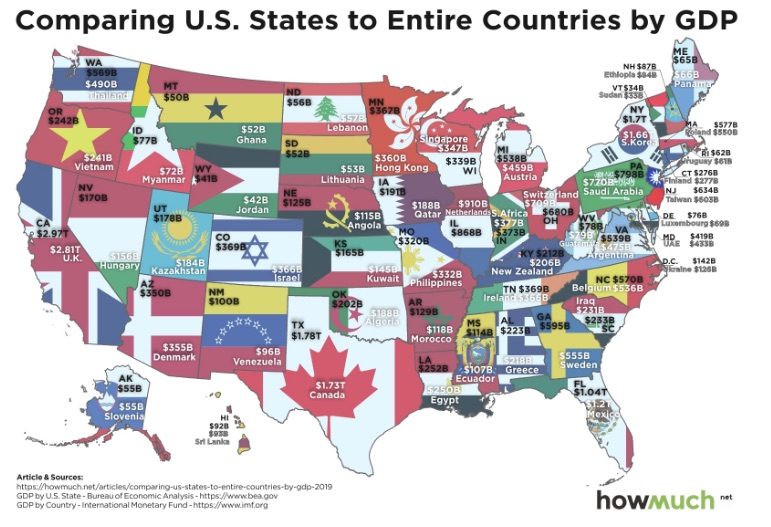 Shown above, the four largest state GDPs would equal the value of the goods and services produced by UK, Canada, Korea, and Mexico:
Shown above, the four largest state GDPs would equal the value of the goods and services produced by UK, Canada, Korea, and Mexico:
Our Bottom Line: Déjà Vu
Hamilton’s goals are timeless. We still need to manage sovereign debt wisely, support a vibrant banking system, and encourage economic growth.
My sources and more: This Fortune article sums up the Hamiltonian legacy ideally.
Please note that this post is an updated version of what we have published on past Independence Days.

